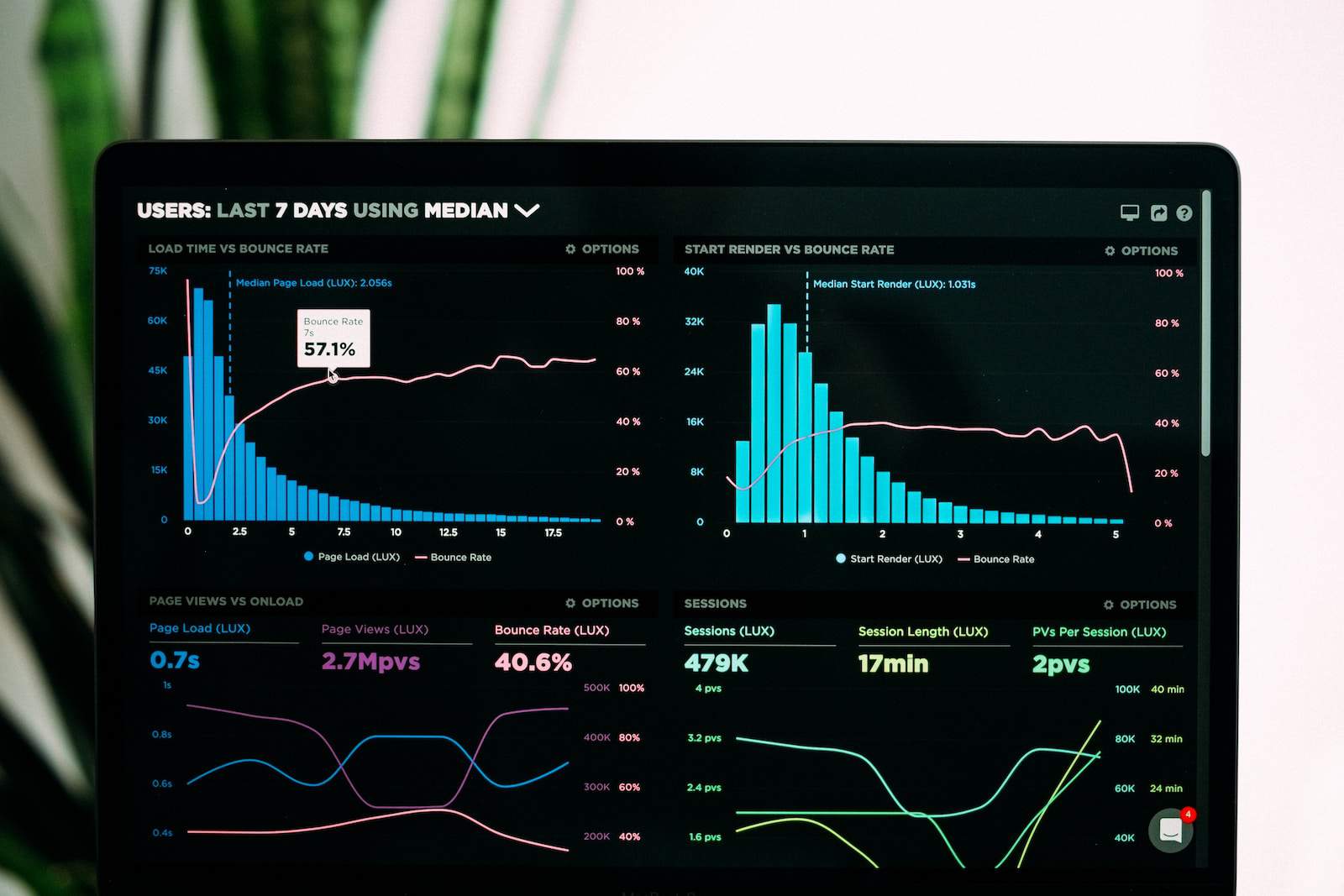The ability to track trends is key to the success of any investment strategy. This is true across the spectrum, from the small retail investor to an industry-leading hedge fund.
Trends need to be observed at both macro and micro levels. In judging the prospects of an individual company, trends in revenue, sales, markets and the particular industrial sector are important. But understanding the overarching economic environment is vital as well, whether an investor is buying long or short.
In recent quarters, leading business commentators haven’t always been precise in their forecasts about the direction of markets, earnings or the economy in general. One year ago, many observers were underestimating the severity of inflation. At one point, the U.S. Treasury Secretary and Federal Reserve Chairman were using the word “transitory” to describe rising prices.
Those who had a sense of underlying trends knew that inflation was just starting to build momentum, based on price increases that were happening in the energy sector and raising the costs of transportation for most goods. Insightful analysts such as the investment team at Canada’s Anson Funds were also keeping an eye on worsening supply chain issues. This had a major impact on construction and the automotive industry.
The Anson Funds approach is instructive. Even before supply chain shortages were becoming obvious, the Anson team had been tracking a range of under-the-radar developments. These included escalating tensions in the Taiwan Strait that were affecting the share price of the world’s largest semiconductor supplier; and the fact that in North America Ford was desperately seeking space to park tens of thousands of F-150 pickup trucks it had almost finished building.
Rows after rows of trucks and other vehicles were waiting for microchips before they could be delivered to customers. This shortage in turn was putting upward pressure on auto prices, which reached a peak earlier this year. For many consumers, this peak represented a grim milestone in unaffordability, an elevated level that put new vehicle ownership out of reach for many.
Some of these key insights have escaped even the top financial leaders of the world economy. Not long ago, many of them were forecasting a sharp recession for 2023. For example, JPMorganChase CEO Jamie Dimon warned that an economic “hurricane” was coming. “You’d better brace yourself,” he advised in May of last year. “JPMorgan is bracing ourselves and we’re going to be very conservative with our balance sheet.”
Although by some measures there was in fact a technical dip into a recession, the full-blown downturn that many had expected did not arrive. It may simply be late, or could turn out to be milder than expected.
The data provide mixed signals. Labor markets remain tight in North America, but housing activity is grinding to a halt, with the number of mortgages processed falling quickly. This, as with other trends analyzed, will have ripple effects across the broader economy, and powerful impacts on the investment environment.
To date, equity markets have proven to be resilient. Although there were periods of turbulence in 2022 and into 2023, the rough waters provided new opportunities for an array of portfolio managers, from short-sale stakes to strategic investments by large pension funds. If you knew which way the wind was blowing, it was smooth sailing.

